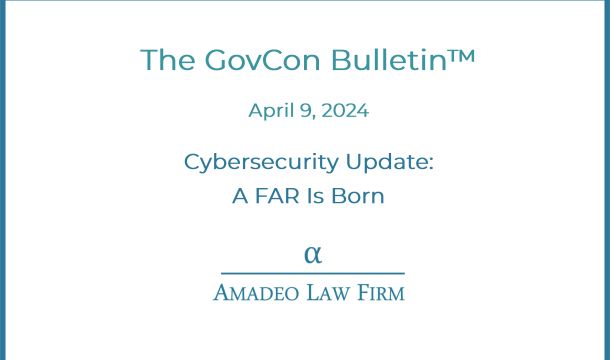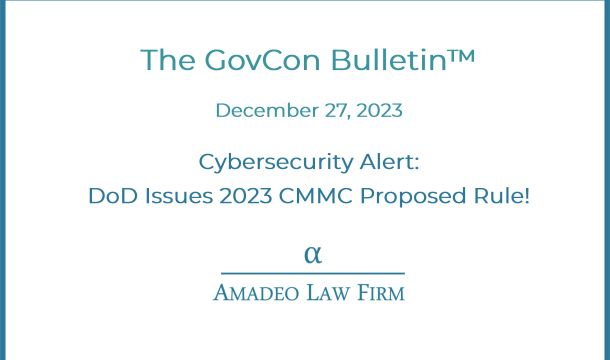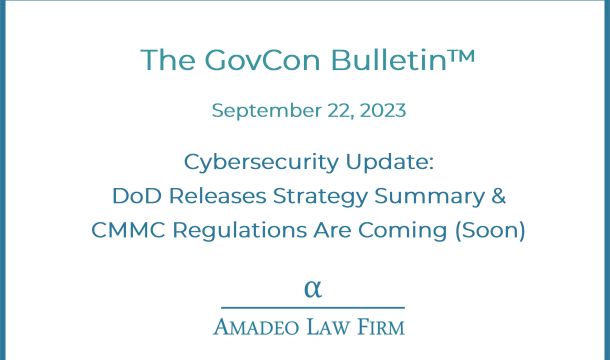The GovCon Bulletin™
Emerging IT Government Contractors: Are Your Software Rights Protected?
Earlier this year, in May, the Department of Defense (DoD) amended DFARS to allow the government to give "support contractors" access to proprietary software and data belonging to defense contractors. If your IT company contracts, or wants to contract, with the federal government, the amended rules clearly underscore the need for your business to control and manage the solutions it develops during a government procurement.
Indeed, tech companies that are new to government contracting often are surprised at the scope of rights the government inherits under FAR and DFARS in computer software or other data contractors create while working on a government contract. For example, an agency can acquire "unlimited rights" in new software developed or delivered to the government during contract performance. These unlimited rights not only permit an agency to use, modify, and reproduce the software in any manner and for any purpose, they give an agency the right to allow others to do so as well! So that nifty program your company created during a procurement with an eye toward future commercialization can be disclosed by the government to anyone, including competitors.
In certain instances, however, the federal contracting rules allow businesses to negotiate for greater protections. Therefore, if disclosure of software or data to outside parties presents a concern, a company should explore opportunities that may exist to obtain additional protections early on - during contract negotiations. Even in instances where the possibility of a disclosure of a solution cannot be eliminated, a business can try to protect itself from unauthorized use or duplication by third parties who stumble upon or become aware of the software by asserting a copyright. However, depending on whether the contract is subject to FARS or DFARS, a contractor may be required to first obtain written permission from the agency before asserting the copyright.
In the near future, I will be writing more about the FAR and DFAR rules and how businesses can protect their software and data. In the meantime, the law firm is making available a chart to assist companies to keep track of software and data rights for solutions they deliver to the government. (Feel free to download the pdf here, or to see a sample chart go here.) If you would like a copy of the chart in excel format, feel free to e-mail me at



